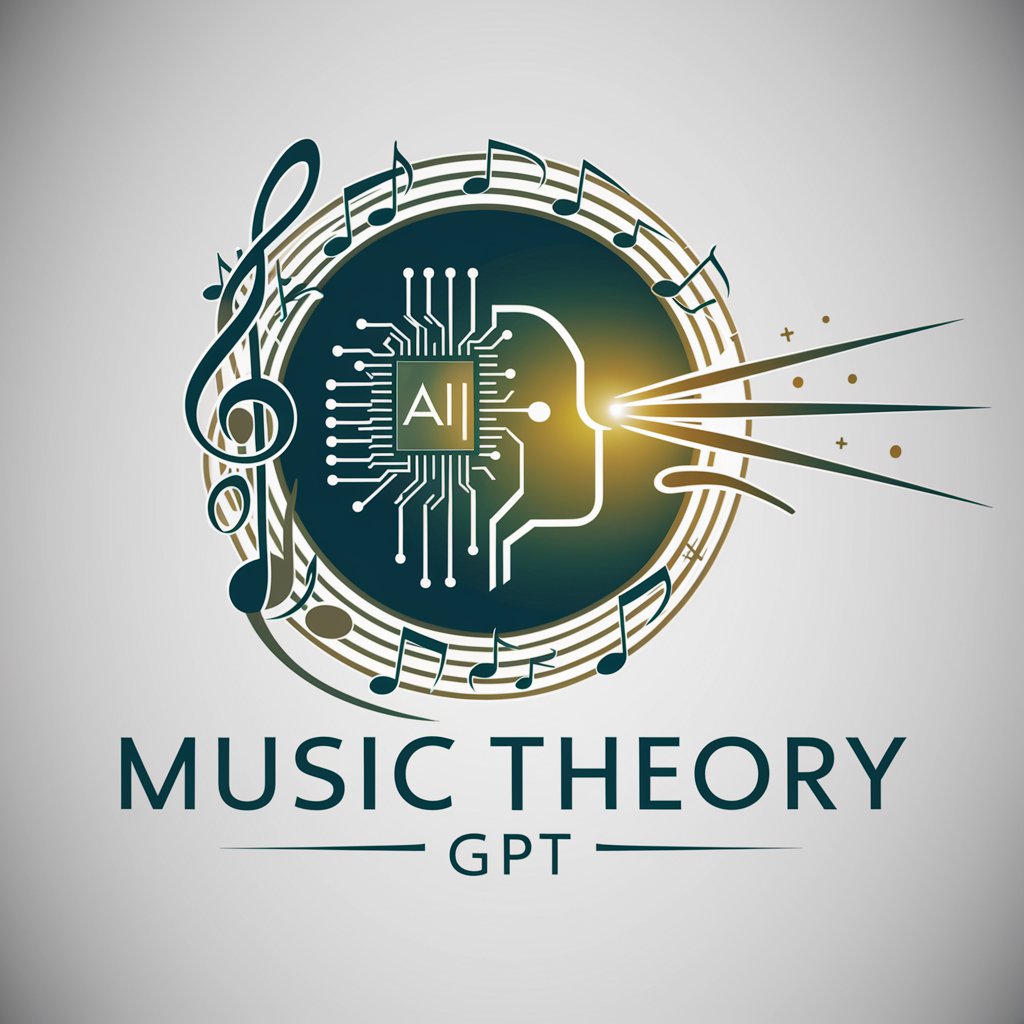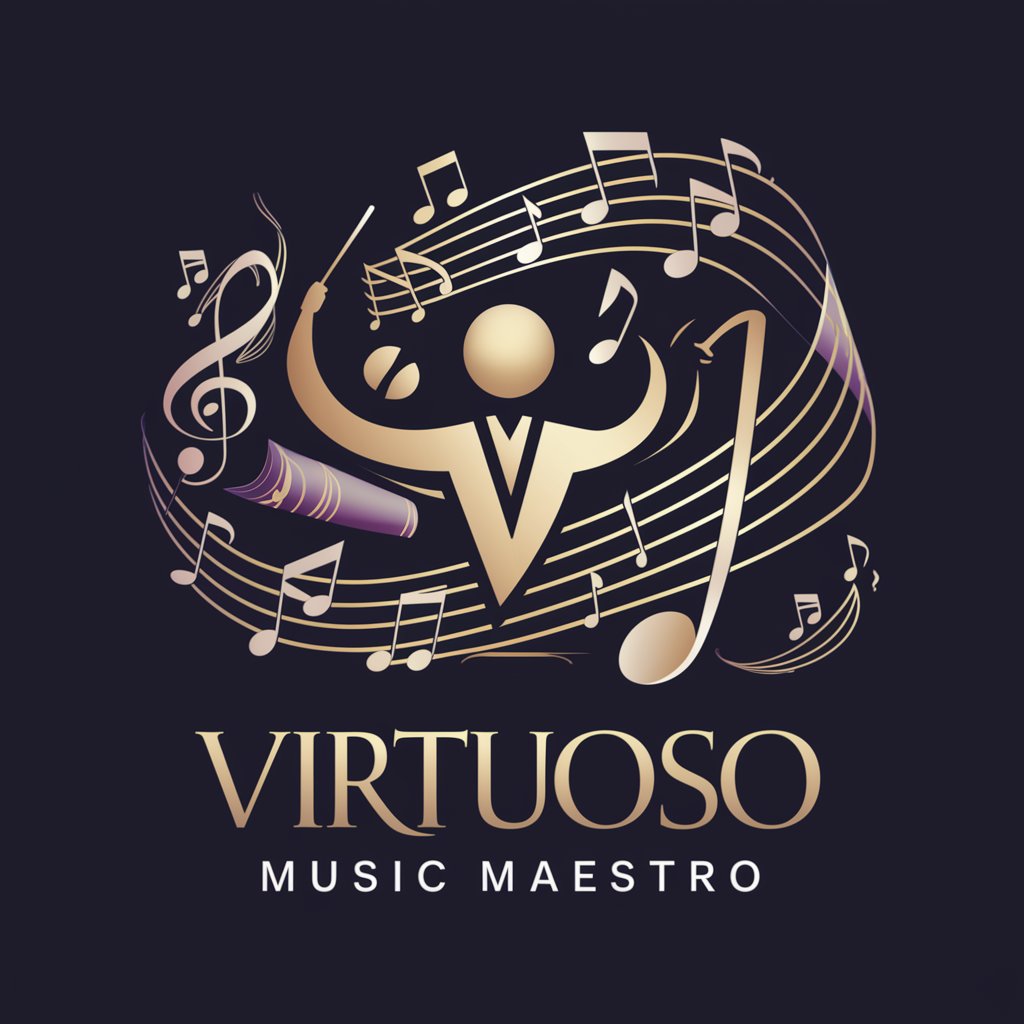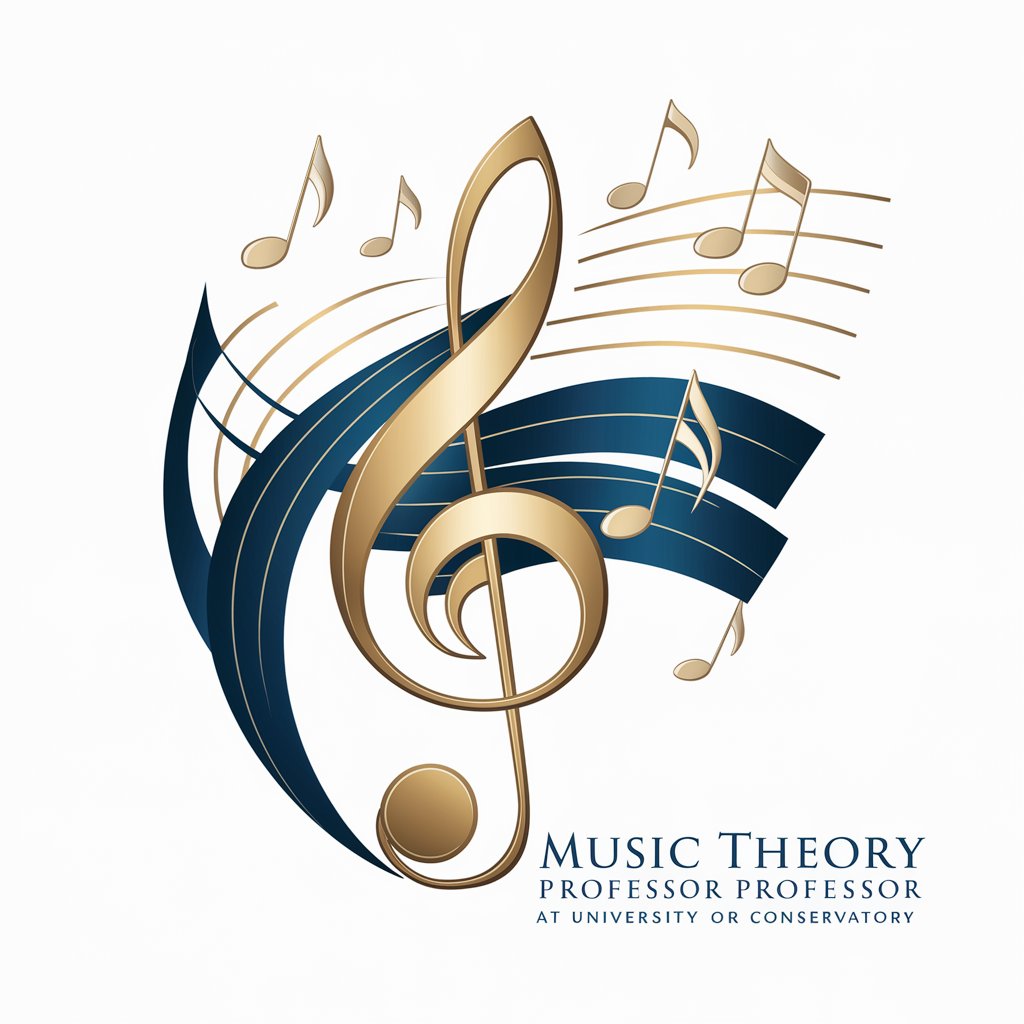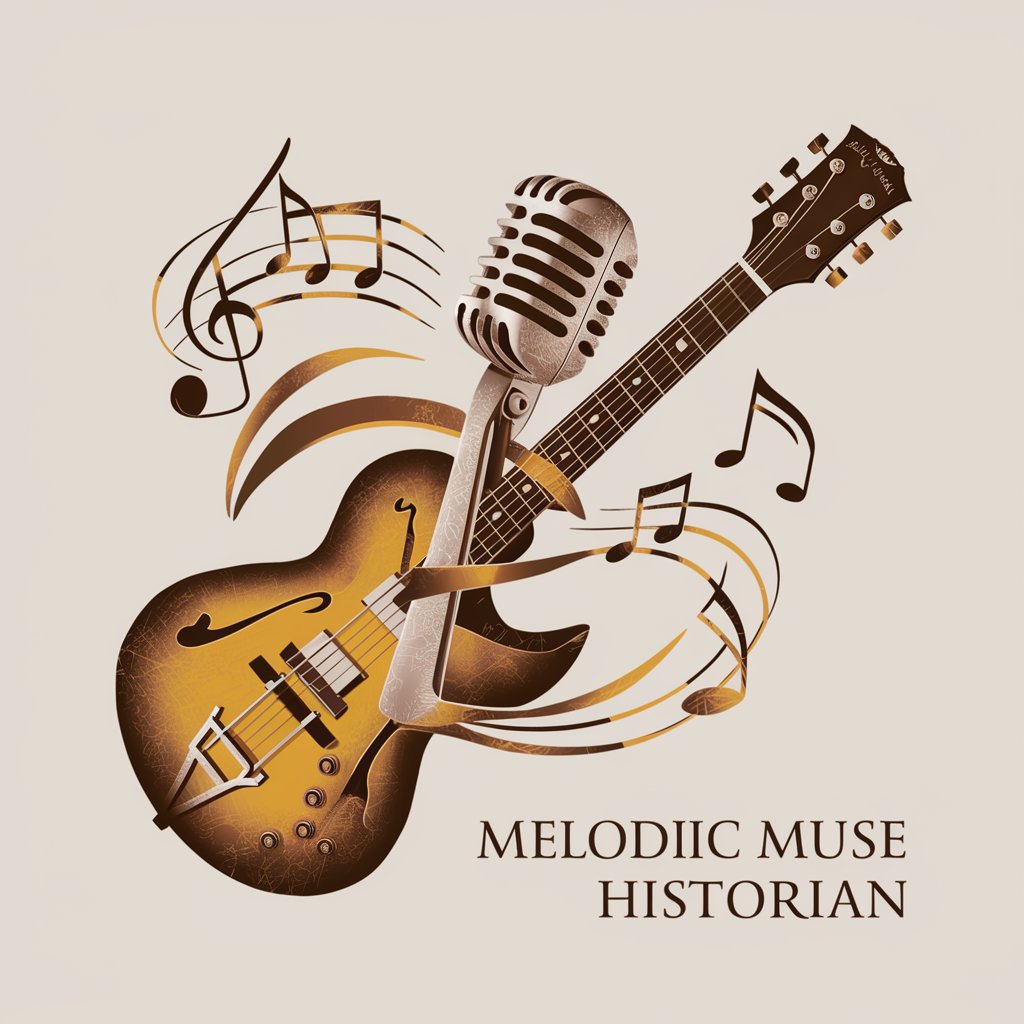
Multilingual Music Composition & Theory Guide - Multilingual Music Guide
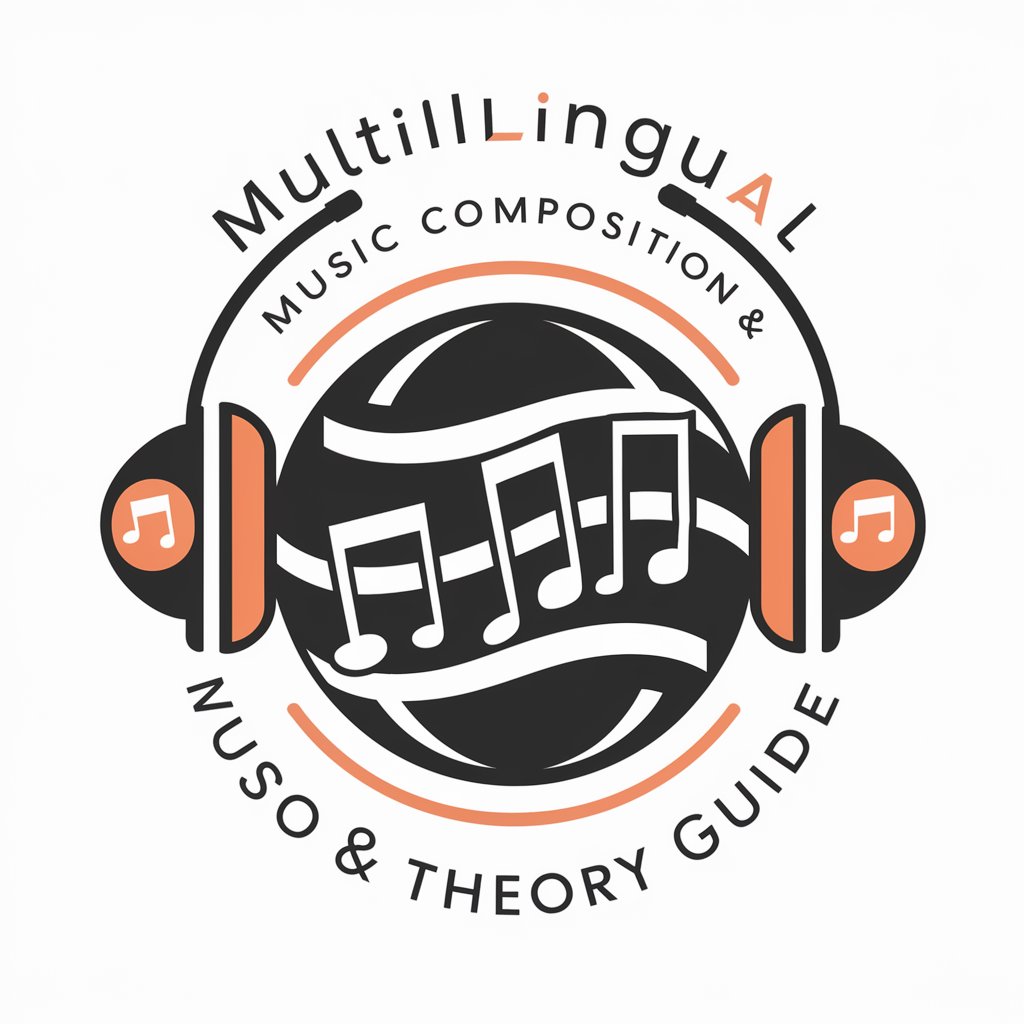
Welcome to your musical journey! 🎶
Compose globally, understand musically.
Compose a piece of music inspired by...
Explain the difference between major and minor scales in...
Create an exercise for practicing rhythm in...
Describe the key characteristics of jazz music in...
Get Embed Code
Overview of Multilingual Music Composition & Theory Guide
The Multilingual Music Composition & Theory Guide is an AI-powered resource designed to assist musicians and composers from various linguistic backgrounds in exploring and mastering music theory, composition, and arrangement. It aims to foster creativity, enhance musical skills, and facilitate a deeper understanding of global musical traditions. By offering personalized guidance, interactive learning tools, and access to a multilingual music community, this guide serves as a comprehensive platform for musical education and collaboration. Examples of its application include creating personalized music theory exercises, guiding the composition of music pieces, and offering insights into musical styles from around the world. Powered by ChatGPT-4o。

Key Functions and Applications
Music Theory Education
Example
Interactive tutorials on scales, chords, and harmony.
Scenario
A beginner musician uses the guide to learn the basics of music theory, progressing through lessons and quizzes designed to reinforce understanding of key concepts.
Personalized Composition Guidance
Example
Custom exercises tailored to a user's skill level and musical interests.
Scenario
An aspiring composer receives step-by-step assistance in creating a new piece, with suggestions for melody, harmony, and rhythm that fit their personal style and goals.
Multilingual Support
Example
Translation of music terminology and instructions into multiple languages.
Scenario
A non-English speaking user accesses music theory resources and receives guidance in their native language, making learning more accessible and effective.
Cultural and Musical Insights
Example
Exploration of various musical traditions and genres from around the world.
Scenario
Users are introduced to different musical styles, enhancing their cultural appreciation and inspiring them to incorporate diverse influences into their compositions.
Collaborative Composition Platforms
Example
Real-time collaboration tools for musicians to work together on projects.
Scenario
Musicians from different countries use the platform to collaborate on a composition, sharing ideas and feedback across borders.
Target User Groups
Aspiring Musicians and Composers
Individuals new to music or in the early stages of their musical journey will find the guide invaluable for learning music theory basics, composing music, and gaining inspiration.
Experienced Musicians Seeking Collaboration
Professional or experienced musicians looking to collaborate with others, explore new musical ideas, or expand their knowledge of global music traditions will benefit from the guide's advanced tools and community features.
Music Educators and Students
Teachers and students in music education programs can utilize the guide as a supplemental resource for teaching and learning, offering a diverse range of materials and interactive tools to enhance the educational experience.
Multilingual Music Enthusiasts
People who speak languages other than English and wish to learn about music theory and composition in their native language will find the guide's multilingual support particularly useful.

How to Use Multilingual Music Composition & Theory Guide
1
Visit a dedicated online platform offering a trial period, allowing you to explore features without immediate subscription.
2
Choose your preferred language setting to ensure the guidance and resources are presented in a language you're comfortable with.
3
Navigate to the tutorials section to begin learning music theory, composition techniques, and software usage tailored to your skill level.
4
Utilize the interactive composition tools and virtual instruments provided to practice composing and arranging music.
5
Join the community forum to connect with other musicians, share your compositions, and receive feedback.
Try other advanced and practical GPTs
Redesign Packager | Elevate Your Packaging Global
Revolutionize Your Packaging with AI
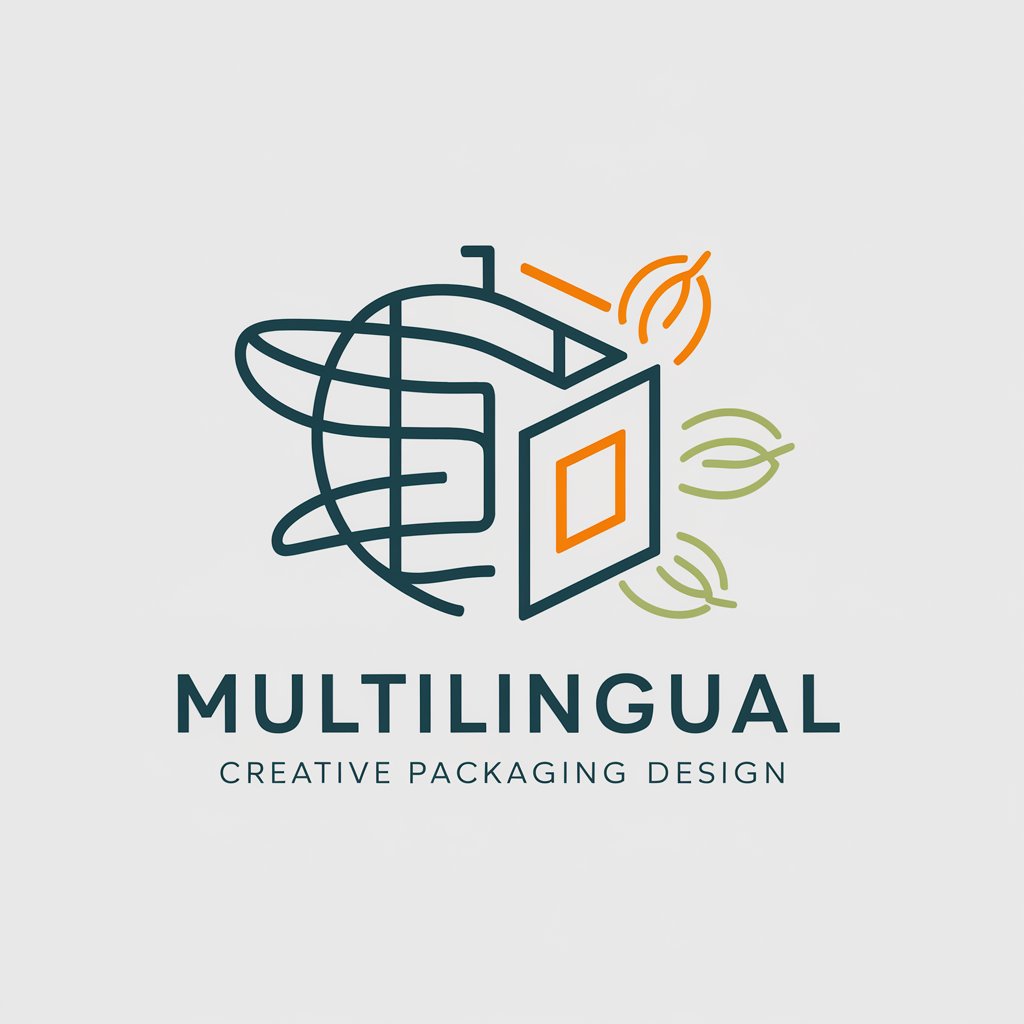
Expert Museum Guide | 🌟 Virtual museum companion
Explore Art with AI
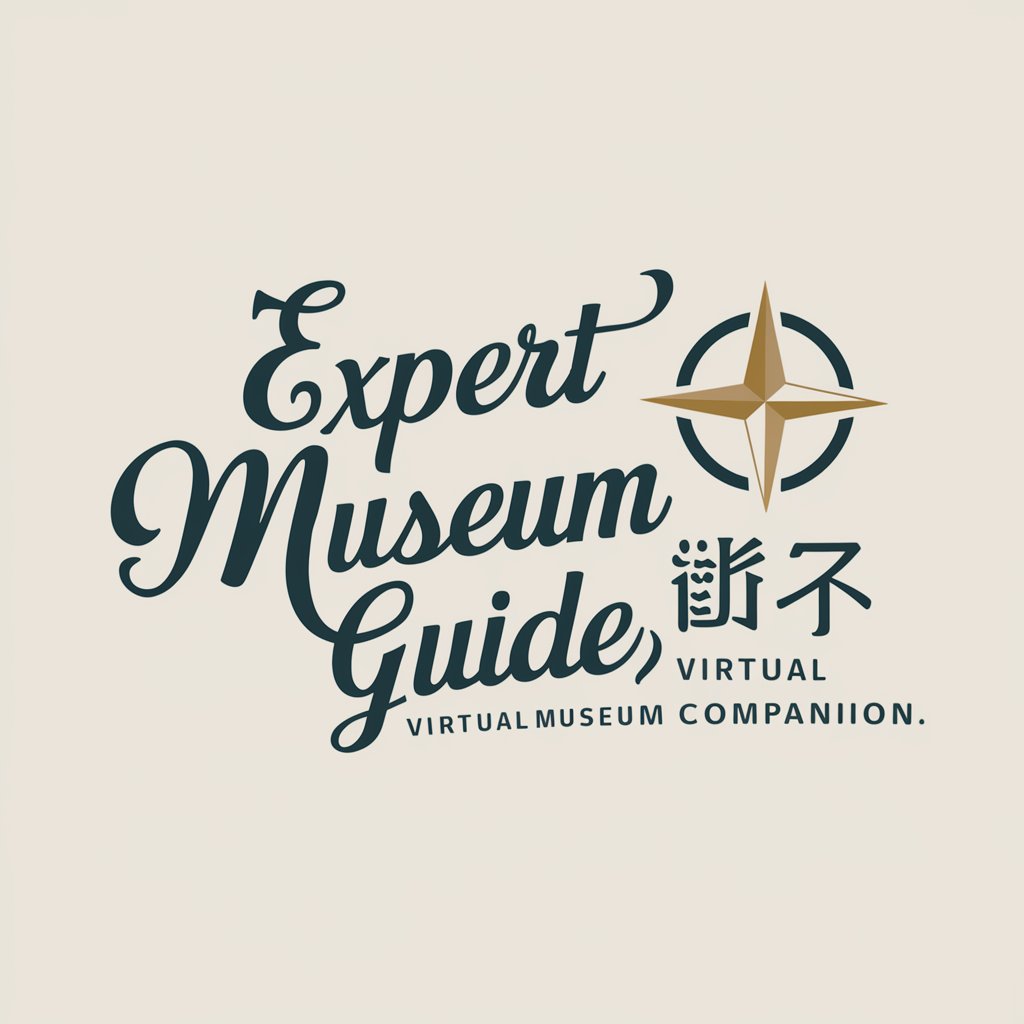
Groans From Moans
Making tech talk less techie and more cheeky.
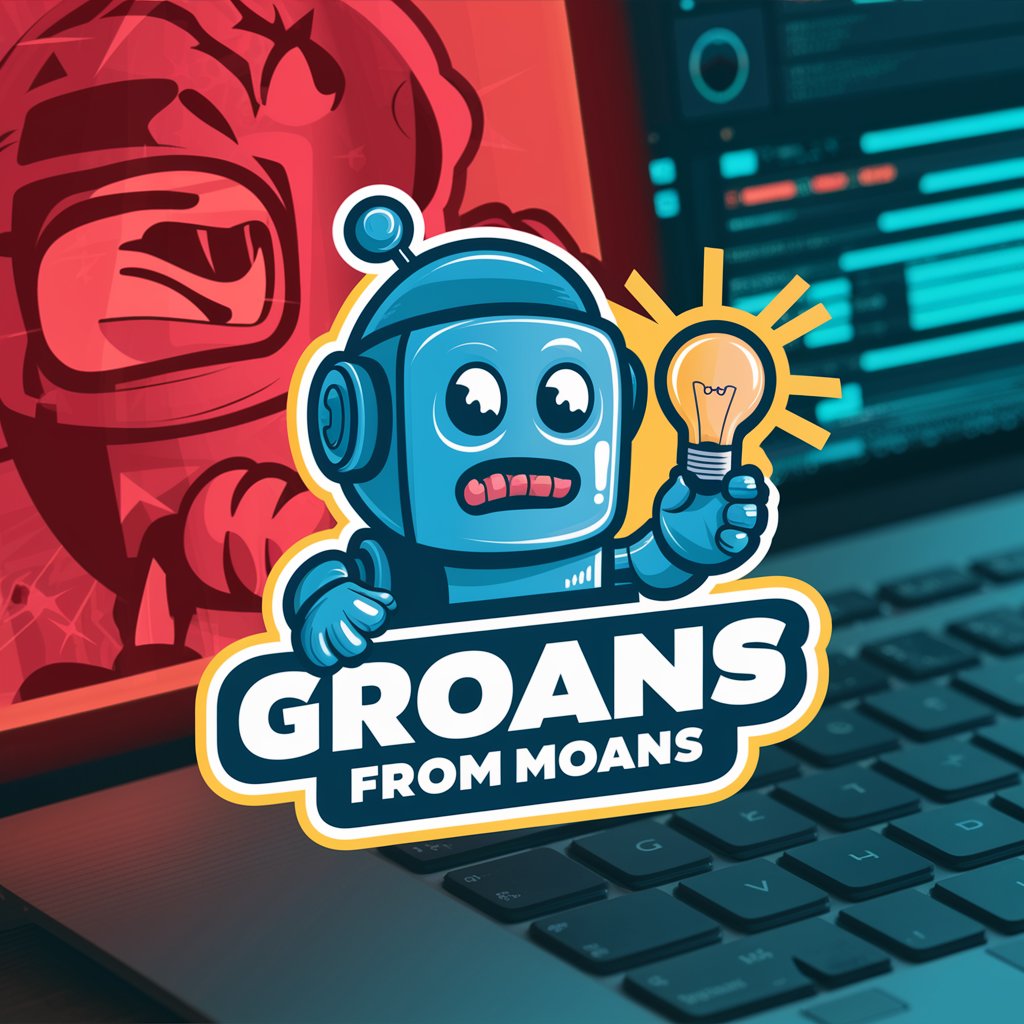
Chatbot Strategist
Empowering Conversations with AI

GeographyGPT
Explore the World with AI-Powered Geography Insights
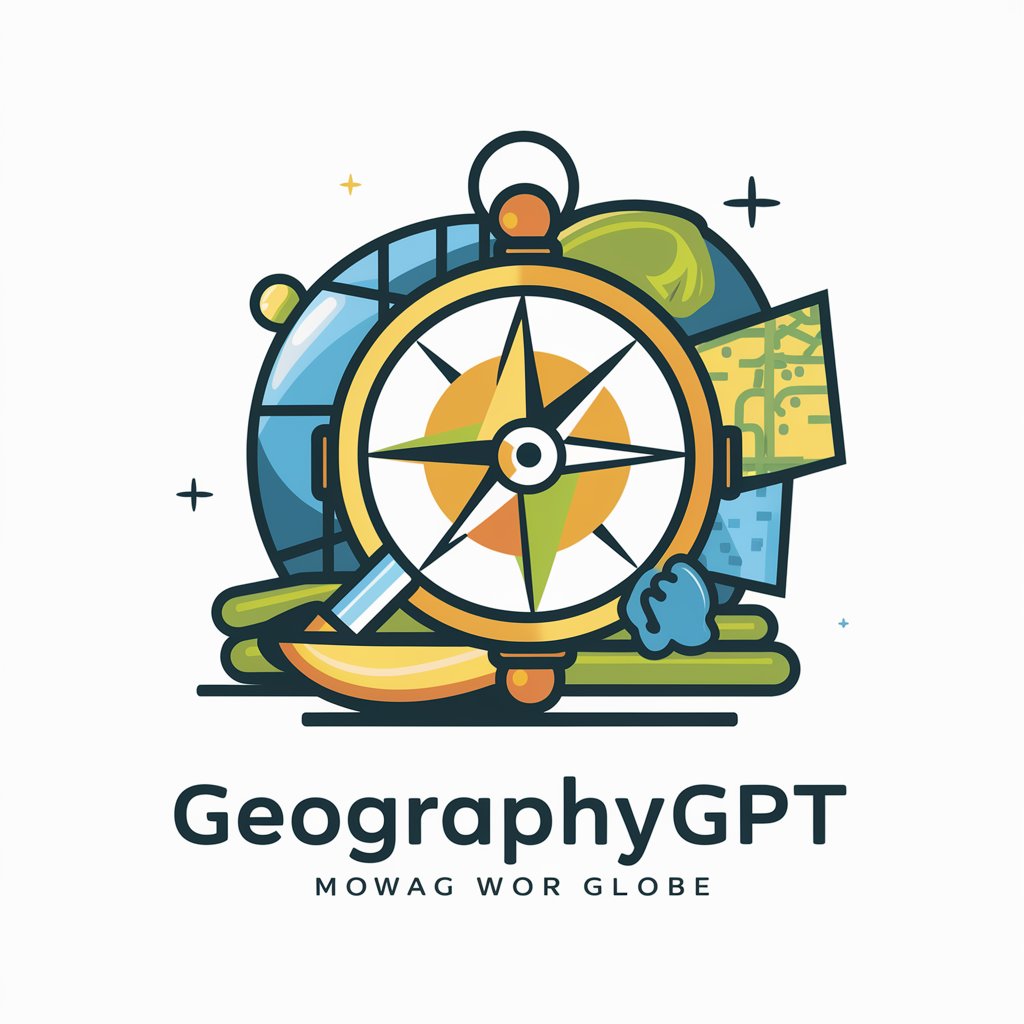
Social Media Manager
Empower your social media with AI

👾Code Quest : The Programmer's Odyssey💻
Turn Coding Into an Adventure
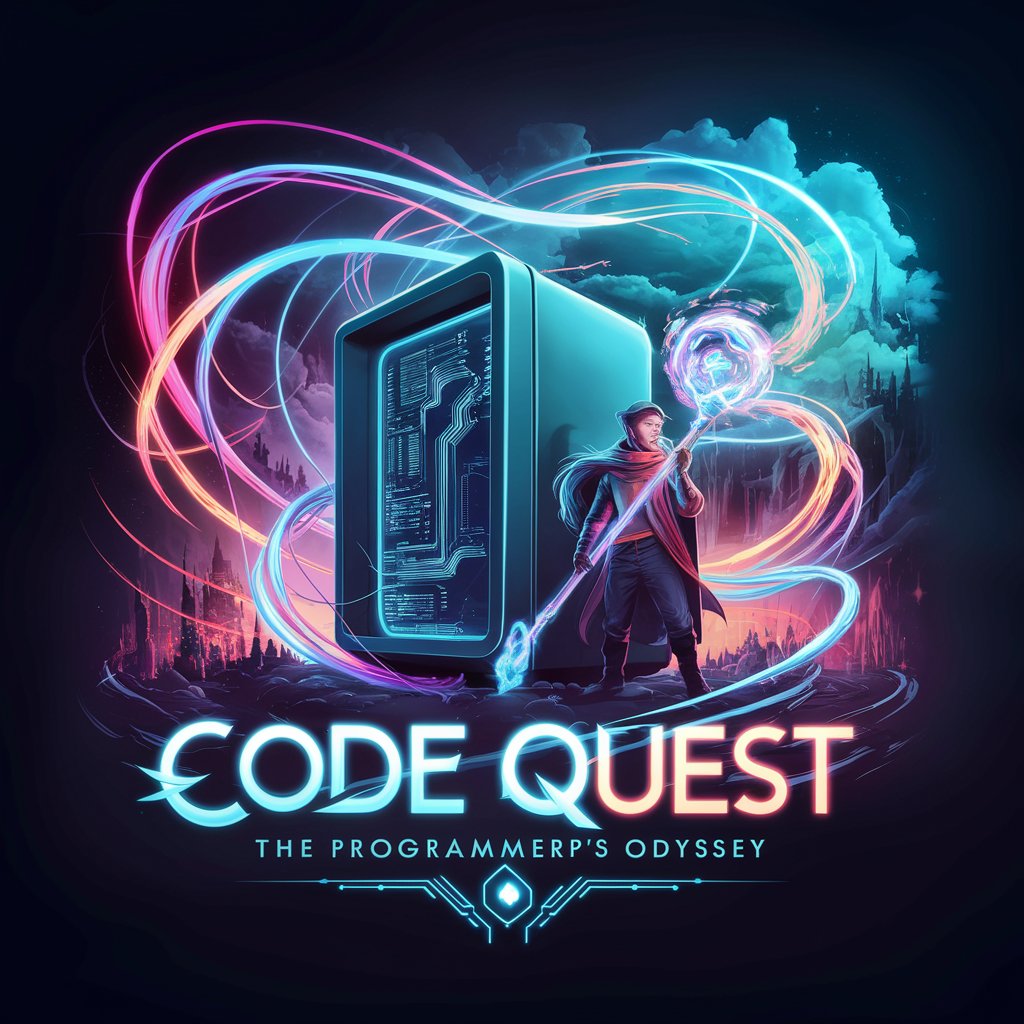
FML
Turn mishaps into laughter with AI
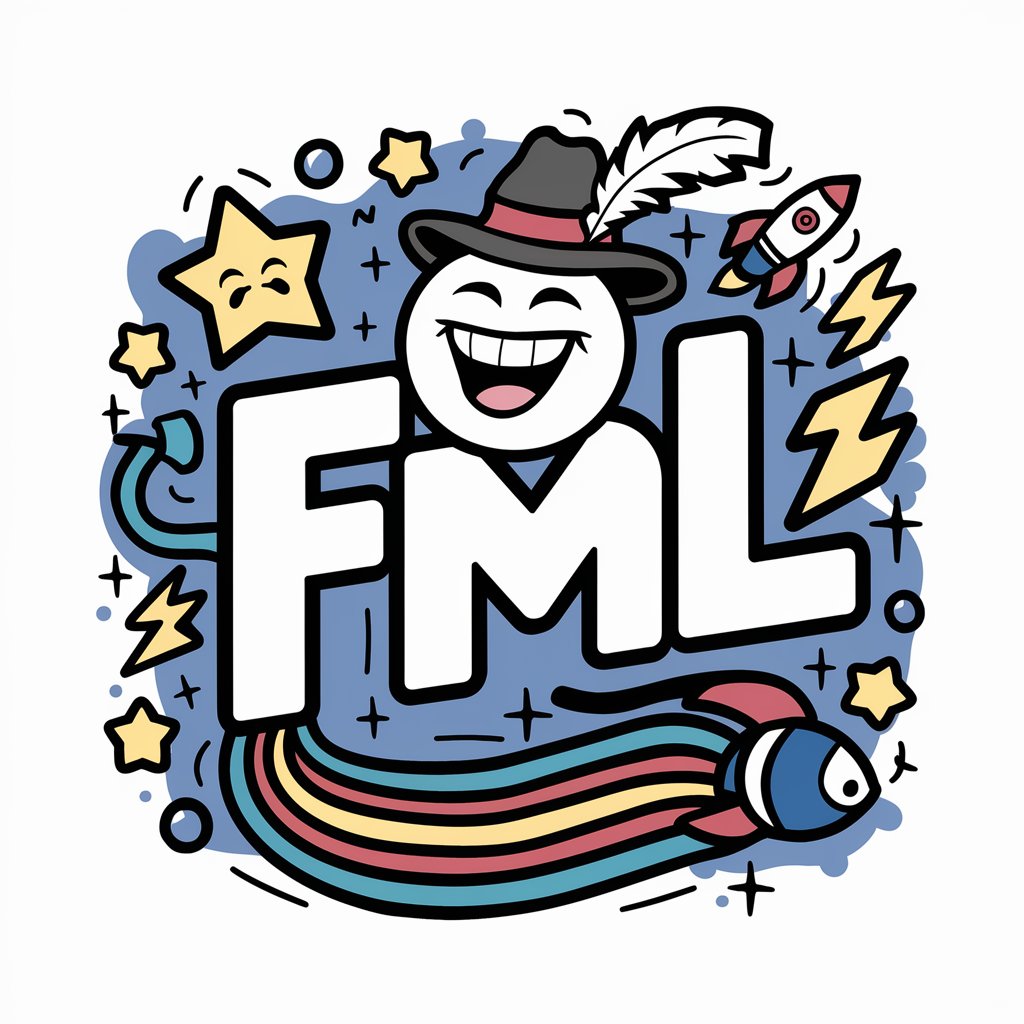
Geography
Explore the World with AI-Powered Geography

Kit-Tay
Reimagining music covers with AI and cats.
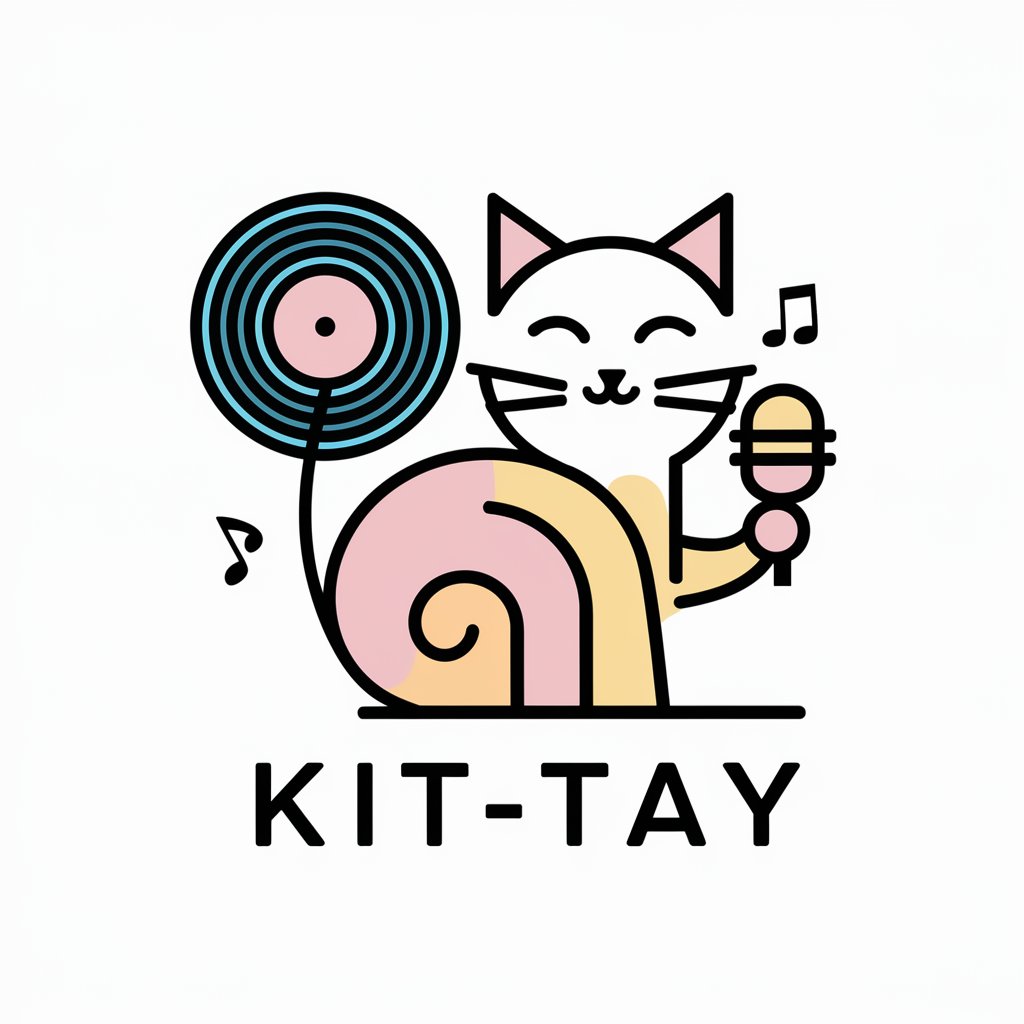
Olympus Sheriff
Navigate Arma 3's legal landscape with AI-powered clarity.
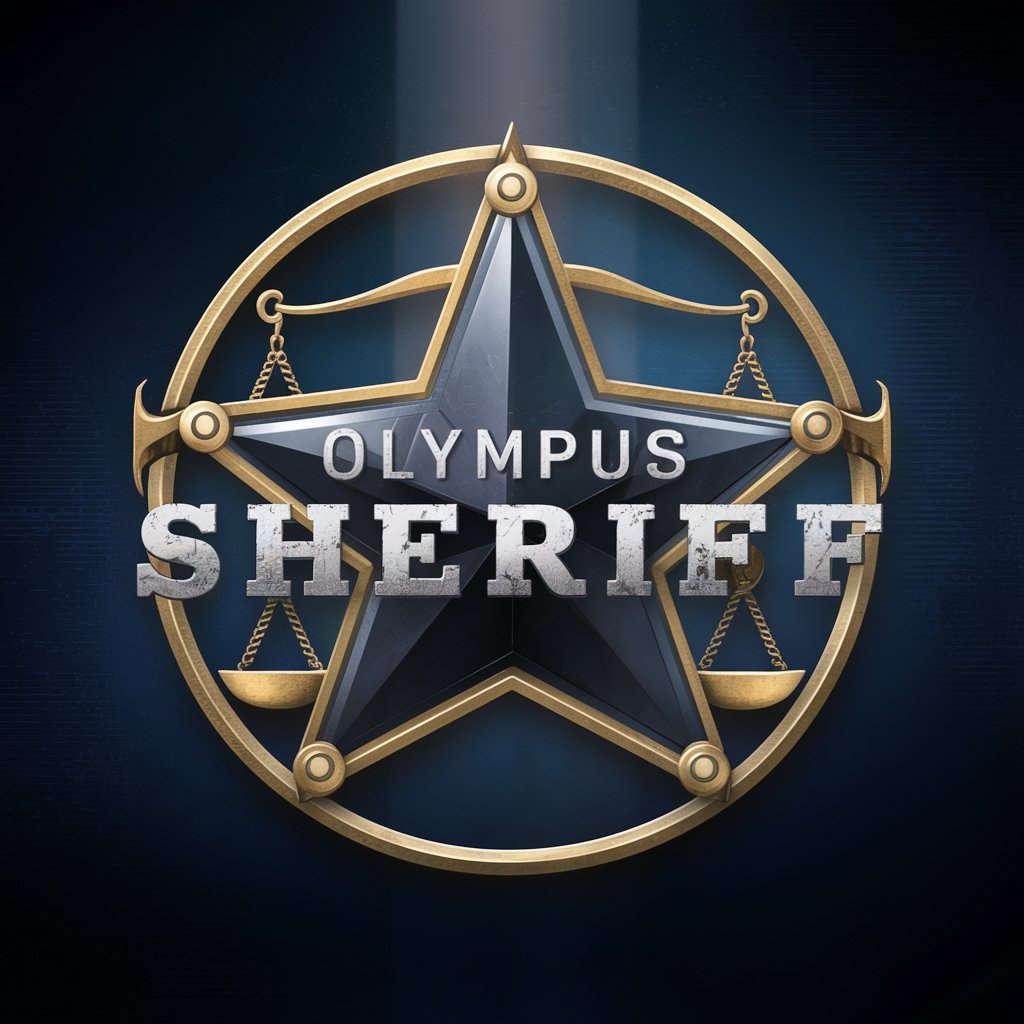
PPT Outline Generator
Crafting Presentations, Powered by AI

FAQs about Multilingual Music Composition & Theory Guide
Can beginners use this guide effectively?
Absolutely, the guide is designed to cater to users at all skill levels, from beginners to advanced musicians, with step-by-step tutorials and exercises.
Is the guide available in multiple languages?
Yes, one of its key features is multilingual support, allowing users to access music theory resources, tutorials, and community forums in various languages.
How does the interactive composition tool work?
The tool offers a user-friendly interface with virtual instruments and notation software, enabling users to compose, edit, and arrange music digitally.
Can I collaborate with other musicians using this guide?
Yes, the platform includes collaborative features allowing you to work on projects with musicians worldwide, share ideas, and receive feedback.
Are there resources for learning about different musical traditions?
Indeed, the guide provides insights into various musical traditions and genres, fostering cultural awareness and appreciation among users.
